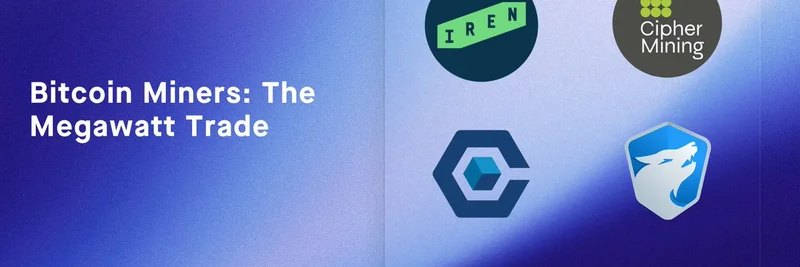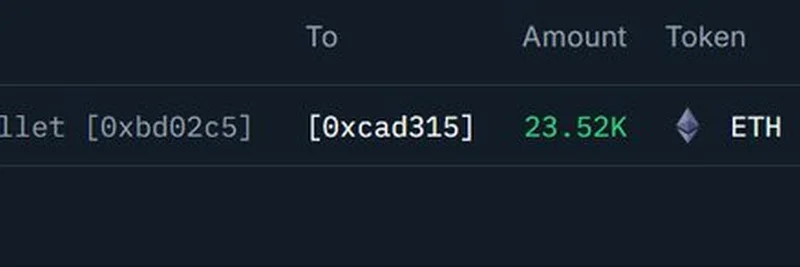In the fast-evolving world of cryptocurrency, Bitcoin miners are making a bold shift that's catching everyone's attention. No longer just churning out hashes to secure the Bitcoin network, these operators are positioning themselves as vital players in the AI boom. This transition, dubbed the "Megawatt Trade," highlights how miners' massive power capacities and grid expertise are becoming hot commodities in an era of global energy shortages driven by AI demands.
The insight comes from a recent thread by Sam Schubert, an analyst at Blockworks Research. Schubert breaks down how miners are decoupling their valuations from traditional metrics like hashprice and instead tying them to their ability to monetize high-performance computing (HPC) pipelines.
The Power Scarcity Battleground
Power scarcity is the new frontier in the AI race. Bitcoin miners, with their large-scale, grid-connected facilities, are uniquely equipped to pivot from crypto mining to supporting AI workloads. This isn't just talk—it's happening now. As AI accelerates, miners' infrastructure expertise gives them an edge over traditional data centers.
Schubert notes that throughout 2024 and into 2025, miner stock valuations have increasingly reflected this AI theme rather than fluctuating with Bitcoin's hashprice—a measure of mining revenue per unit of computational power.
From Concept to Execution: Major Deals in Play
The pivot is moving into high gear with real contracts on the table. On the colocation front—where miners host third-party AI hardware—companies like Core Scientific, TeraWulf, and Cipher Mining have inked long-term deals totaling over 1.5 gigawatts (GW) of capacity, valued at more than $35 billion. These contracts fetch around $1.4 to $2.3 million per megawatt (MW) per year.
Then there's IREN's standout five-year, $9.7 billion agreement with Microsoft. By owning the GPUs themselves, IREN boosts returns to about $9.7 million per MW per year. Sure, it's capital-intensive, but it cements their role as a full-stack provider for hyperscalers like Microsoft, especially as AI demand skyrockets.
Valuation Shifts and Market Multiples
Gone are the days of 6-12x EV/EBITDA multiples for miners. Now, they're trading at 20-30x, with valuations hinging on how well each company executes its HPC strategy. EBITDA here refers to earnings before interest, taxes, depreciation, and amortization—a key profitability metric.
Even after this rerating, growth-adjusted analyses suggest top miners remain undervalued, as their earnings are just beginning to capture the revenue from these new HPC contracts.
Key Factors: Site Concentration and HPC Economics
One standout factor Schubert highlights is site MW concentration. Miners with dense, contiguous campuses—large, connected facilities—command higher valuations. These setups enable efficient parallel computing for AI tasks, leading to better economics in the HPC space.
For a deeper dive, check out the full report on Blockworks Research.
What This Means for the Meme Token Ecosystem
While this thread focuses on Bitcoin miners, the ripple effects extend to the broader crypto world, including meme tokens. As miners diversify into AI, it could stabilize Bitcoin's hashrate and reduce selling pressure from mining rewards, indirectly supporting altcoin markets. Meme tokens, often correlated with Bitcoin's performance, might benefit from a more resilient crypto infrastructure. Plus, the energy and AI narrative could inspire new meme themes around "megawatt memes" or AI-powered crypto plays.
Stay tuned to Meme Insider for more on how blockchain trends like this influence the wild world of meme tokens. If you're a blockchain practitioner, this shift underscores the importance of adapting to interdisciplinary opportunities in crypto and AI.




